-
Local election rule changes in France and why you may have a new mayor in 2026
Communes with fewer than 1,000 residents are particularly set to see changes from next year
-
Chance to win a real stone from Notre-Dame cathedral
A new competition is offering 50 stones as prizes. Here is how to enter
-
French parliament to vote on law to offer €150 a month card for healthy food
The card would be intended to benefit consumers and farmers, and comes after successful trials of similar schemes in Bordeaux and Montpellier
What has been voted France’s favourite regional dish?
Nine iconic regional dishes were on the shortlist, including the Breton buckwheat galette, cassoulet, bouillabaisse and more
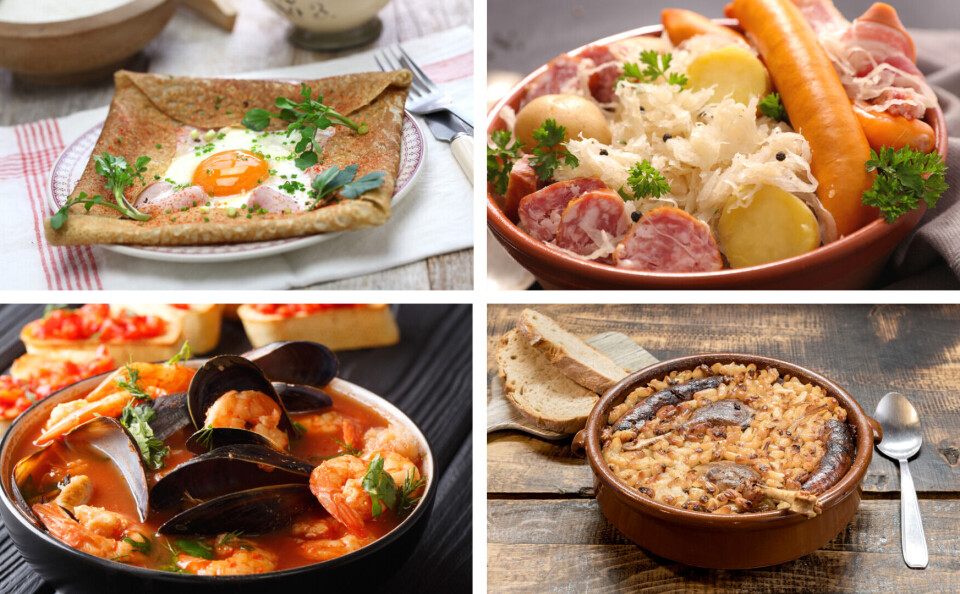
The Breton buckwheat galette has been voted France’s favourite regional dish, coming ahead of cassoulet, poule au pot, and la choucroute.
The results of the (non-scientific) poll were announced on RTL on March 6.
Nine dishes in total were on the shortlist, which coincided with the major food producer and farming event, the Salon de l’Agriculture in Paris (which ended on March 5).
After a week of voting, and 106,000 votes cast in total, the Breton galette (galette complète made with buckwheat) won with 32% of the vote (34,340 in support).
Breton galettes date back to the 13th century. They began to be made following the cultivation of buckwheat, which was brought back from crusades in Asia.
The dish beat la choucroute, which came in second place with 31%, or 32,883, of the votes. The chou farci was in third (9%), with cassoulet and carbonade flamade in fourth (9%) and fifth (7%) respectively.
Also on the list was poulet vallée d'Auge (3%), saucisson brioché (3%), poule au pot (3%), and bouillabaisse (2%).
Salon de l'Agriculture : la galette complète remporte notre grand concours RTL des plats régionaux (cc @mathieu_lopinot) https://t.co/JErXqOMW5u
— RTL France (@RTLFrance) March 6, 2023
Breton galette (galette complète or galette Bretonne)
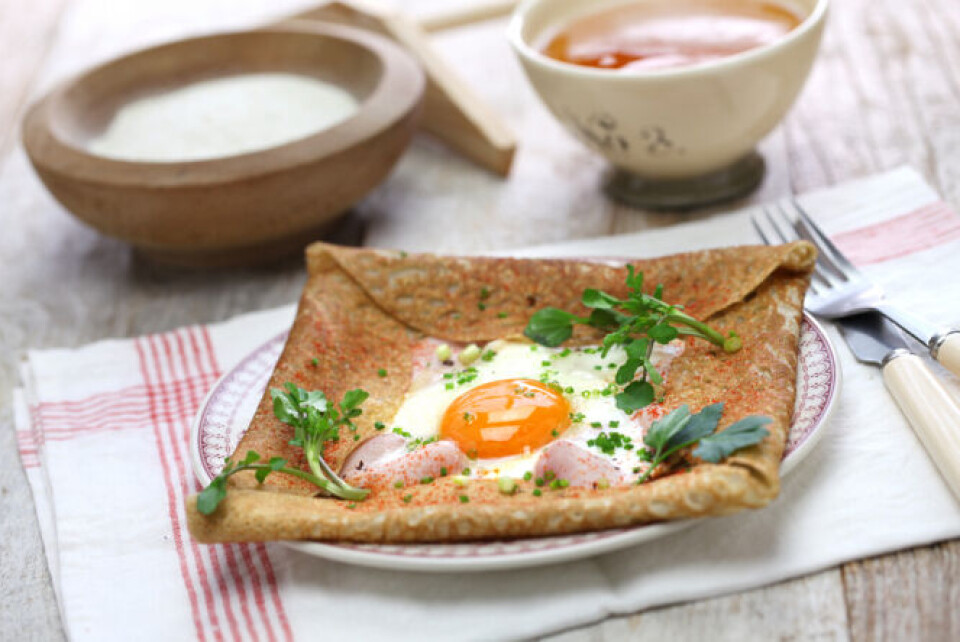
The buckwheat galette is known as ‘complète’ because of its use of buckwheat flour, which lends it a nutty, more earthy taste than galettes (or crêpes) made with white wheat flour.
It is made very thinly, in a similar way to a traditional crêpe, and usually served with a savoury filling, like egg, ham, and cheese.
Choucroute
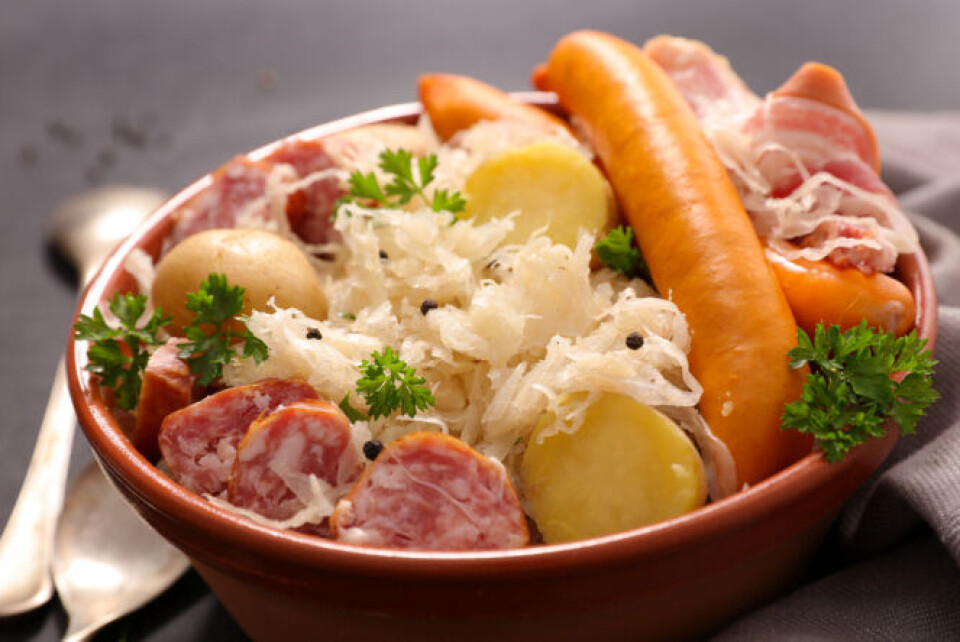
Choucroute, often called choucroute garnie, is a recipe hailing from Alsace in eastern France, which has a long history of taking on German influence from its neighbour (Alsace was also once part of Germany).
The dish is made with sauerkraut, and served with salted meat or charcuterie, especially frankfurter-type sausages, plus potatoes.
Chou farci
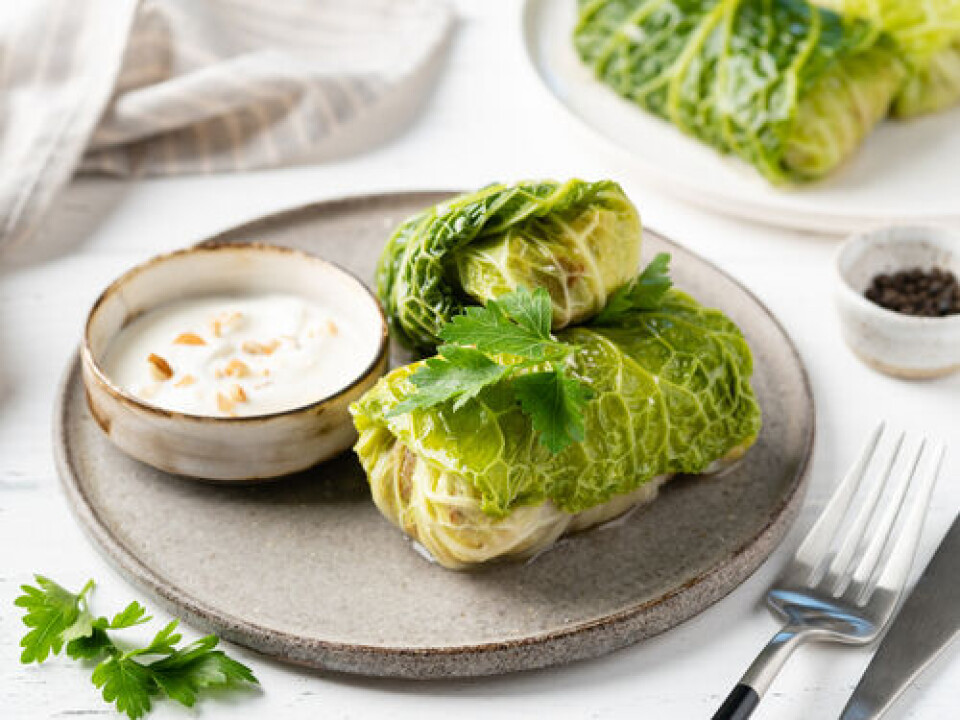
‘Chou farci’ translates as stuffed cabbage. It is traditionally made with cabbage and a type of meat, such as mince or pork belly, and is known as a winter-time ‘comfort food’ dish.
It is typically stewed in a single pot, which helps keep the cabbage and filling together as it cooks.
Cassoulet
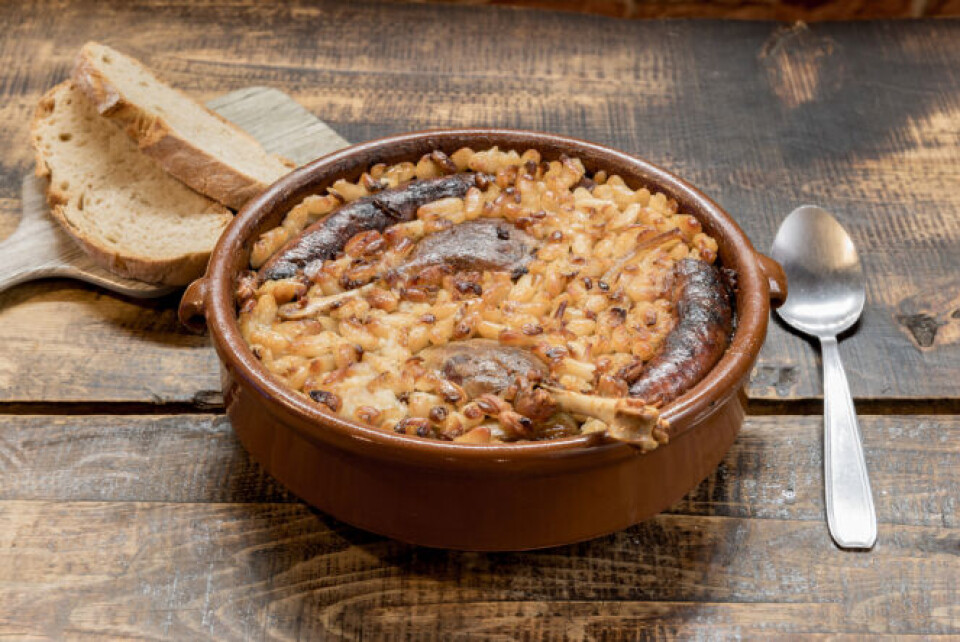
Cassoulet is an iconic stew from the south of France. It traditionally includes haricot beans and sausage and/or some kind of meat, such as confit duck (also iconic from the southern region), pork, goose, lamb, or mutton.
It is another one-pot dish, and typically cooked slowly for hours, to ensure soft meat and rich beans.
Read also: Producers stoic as French cheeses fail to make new global top 10 list
Carbonade flamande
With origins in Belgium (hence its name ‘flamande’, meaning Flemish), this beef stew is made with leeks, tomatoes, and carrots. It was also typically roasted with charcoal, hence the ‘carbonade’ name.
It also usually includes beer, to make it a deep, hearty dish.
Poulet vallée d'Auge
This chicken dish traditional comes from Normandy (the Pays d’Auge), and uses apples, crème fraȋche butter, and Calvados to create a creamy sauce.
It is usually made with chicken thighs for a richer flavour.
Saucisson brioché
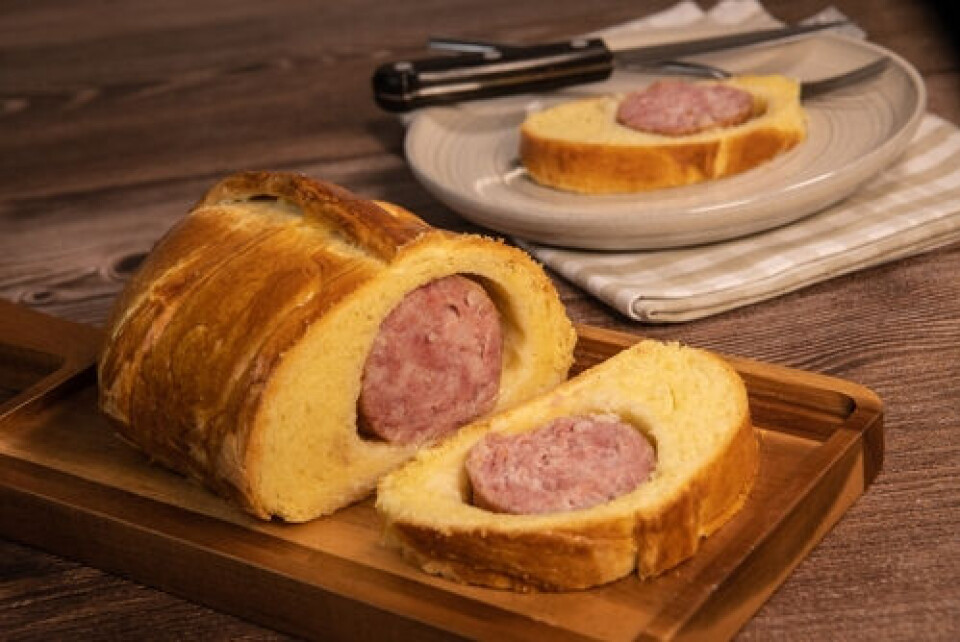
Originating from the gastronomic hotspot of Lyon, the saucisson brioché is what it sounds like: a sausage encased in a cakey brioche bread bun.
It is usually baked as one whole loaf, and some recipes coat the sausage in crushed pistachios before baking. It is also served with bitter leaf salad to cut through the bread and fat, alongside port sauce.
Poule au pot
Another one-pot favourite, poule au pot originates from Béarn, and has roots as far back as King Henry VI of France (17th century), who originally came from Pau.
He is thought to have created the dish as a way to address famine among the population, and said that “every labouring man” should have “chicken to put in the pot”.
It is made with onions, leeks, carrots, celery, and turnips, and sometimes includes mushrooms and rice too.
Bouillabaisse
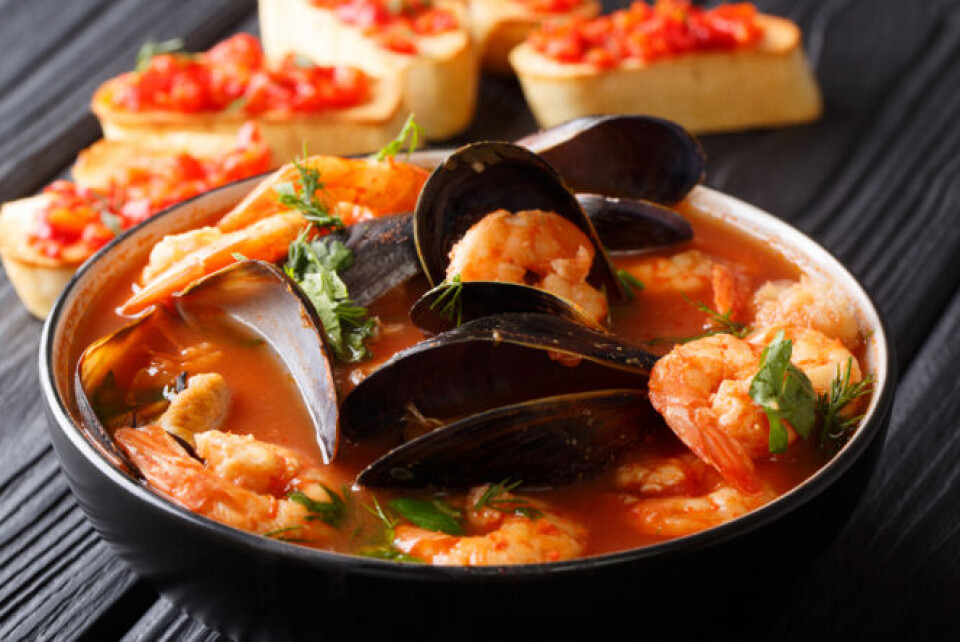
Bottom of the poll, but no less delicious, is boullabaisse, the traditional Provençal fish soup that comes from the port city of Marseille. The unusual word is said to come from the Occitan word bolhabaissa, a mix of the verbs bolhir, and abaissar (boil and simmer).
It typically includes at least three types of fish, including the red rascasse, and can also include seafood and shellfish, plus tomatoes, celery, leeks, potatoes, and Provence herbs.
Its condiment, rouille, is almost as much of an icon as the dish itself, and is a type of mayonnaise made with garlic, saffron, and cayenne pepper.
Read also
Top French chef in hot water for adding cheese to quiche Lorraine
Controversy grows amid countdown to release of new Michelin Guide
Suggestions for French alternatives to popular British food
























